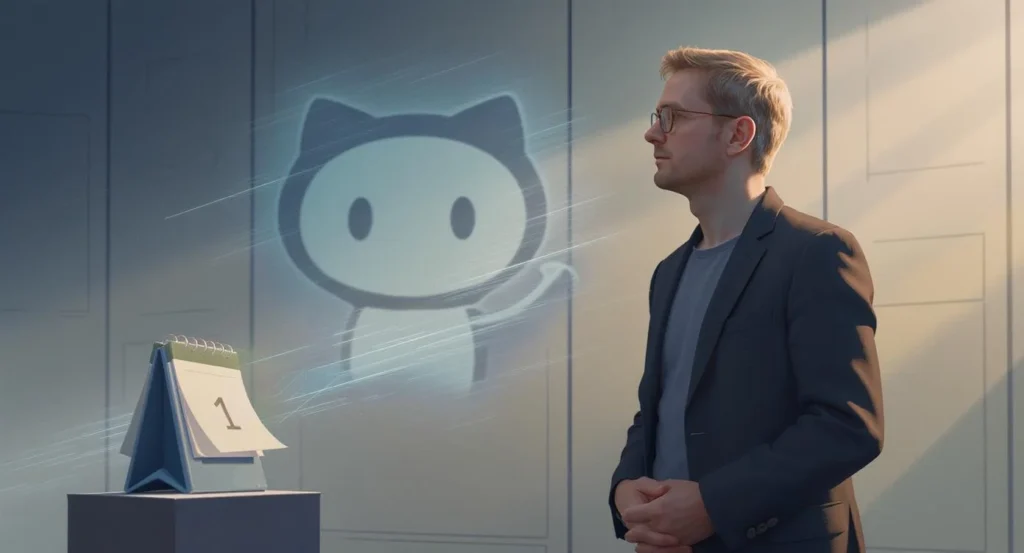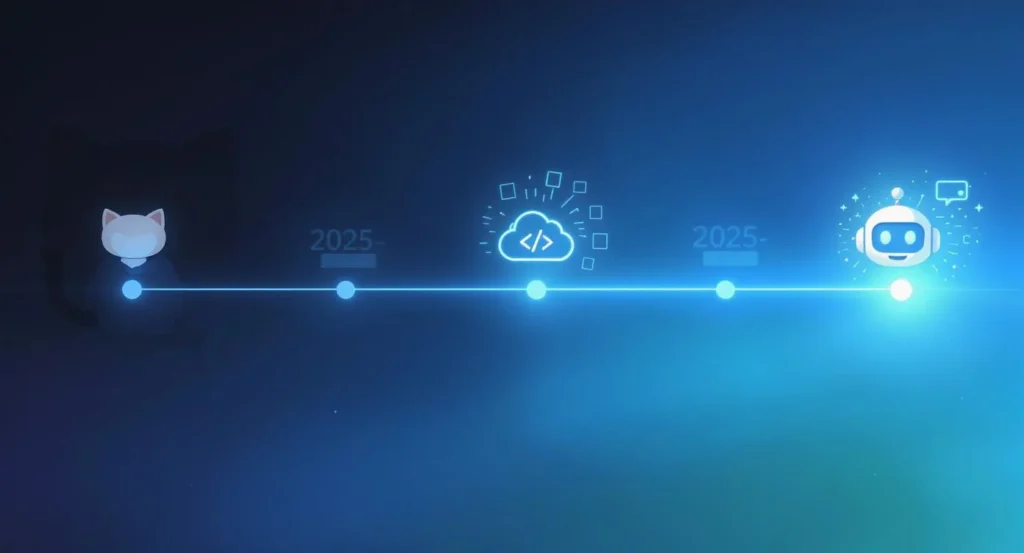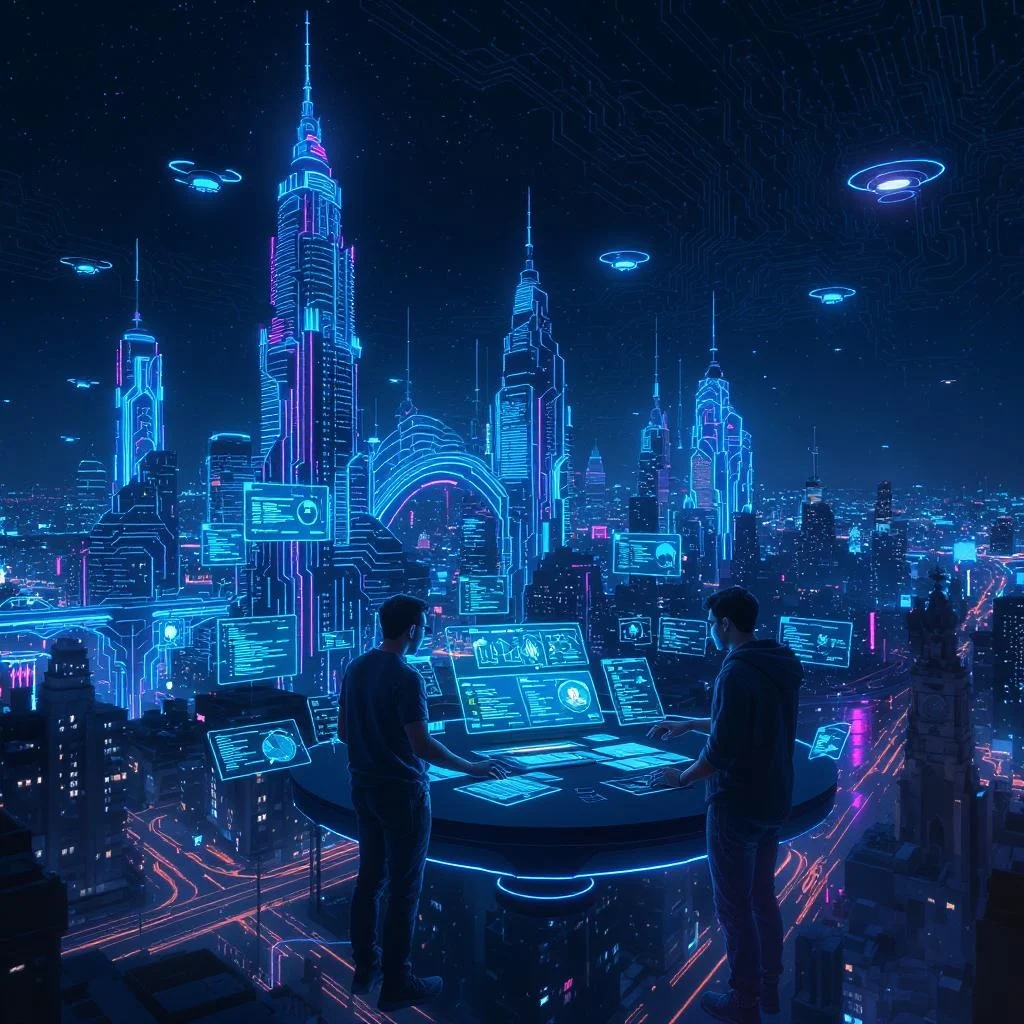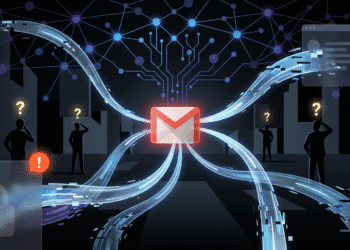The tech world witnessed a seismic shift on August 11, 2025, when GitHub CEO Thomas Dohmke announced his resignation after nearly four years at the helm. This departure marks more than just a leadership change. It signals the end of GitHub’s semi-independent status within Microsoft’s ecosystem and its full integration into the tech giant’s CoreAI division.

The End of an Era
Thomas Dohmke’s decision to step down represents a pivotal moment for the world’s largest code repository platform. Since Microsoft’s acquisition of GitHub for $7.5 billion in 2018, the platform had maintained its independence. This autonomy was crucial in reassuring the developer community that their beloved platform wouldn’t lose its open-source ethos.
Dohmke’s announcement came through a heartfelt memo to GitHub employees. “With more than 1B repos and forks, and over 150 million developers, GitHub has never been stronger than it is today,” he wrote. The CEO emphasized his pride in building GitHub as a “remote-first organization spread around the world.”
His departure isn’t immediate. Dohmke will remain through the end of 2025 to guide the transition. But his reasons for leaving are telling. He wants to “become a startup founder again” and pursue opportunities outside Microsoft’s umbrella.
Microsoft’s Strategic Masterstroke
The timing of this transition isn’t coincidental. Microsoft is making bold moves in the AI space. The company isn’t replacing Dohmke’s CEO position. Instead, GitHub’s leadership team will report directly to Microsoft’s CoreAI organization.
This CoreAI team represents Microsoft’s ambitious vision for artificial intelligence. Led by former Meta executive Jay Parikh, the division focuses on building AI platforms and tools. Parikh has described his vision as creating an “AI agent factory” that enterprises can use to build their own AI solutions.
The integration makes strategic sense. GitHub Copilot, the platform’s AI coding assistant, has become incredibly popular with over 20 million users. The tool represents the future of software development, where AI assists developers in writing code more efficiently.
The Developer Community’s Concerns
This transition raises important questions about GitHub’s future neutrality. When Microsoft first acquired GitHub, many developers worried about the platform’s independence. The company’s decision to maintain GitHub as a separate entity helped calm these fears.
Now, with GitHub fully integrated into Microsoft’s AI division, those concerns may resurface. The developer community values GitHub’s role as a neutral platform that serves all developers, regardless of their preferred tools or platforms.
However, GitHub’s track record under Microsoft ownership has been largely positive. The platform has grown significantly, with contributions to open-source projects increasing year over year. AI projects on GitHub have doubled in the last year alone, showing the platform’s evolution with technological trends.
The AI Revolution in Software Development
Dohmke’s recent statements about AI’s role in software development provide context for this transition. In a blog post titled “Developers, Reinvented,” he outlined a stark vision for the industry’s future. He warned software engineers to “either embrace AI or get out of your career.”
This isn’t hyperbole. GitHub’s research suggests that 90% of code could be written by AI within the next 2-5 years. Half of the developers surveyed believe this scenario is feasible within five years, while the other half expect it within two years.
The implications are profound. Developers are evolving from code writers to AI strategists. They’re moving from implementation to orchestration, focusing on prompt engineering, system design, and quality control rather than writing every line of code manually.
GitHub’s Journey Under Microsoft

GitHub’s path under Microsoft ownership has been remarkable. When the acquisition was announced in 2018, it faced significant backlash from the developer community. Many feared Microsoft would compromise GitHub’s open-source values or integrate it too closely with Microsoft’s proprietary ecosystem.
Those fears proved largely unfounded. GitHub continued operating independently, maintaining its commitment to open-source development. The platform introduced innovative features like GitHub Actions for CI/CD, GitHub Codespaces for cloud development environments, and most notably, GitHub Copilot.
GitHub Copilot became the first multi-model AI solution at Microsoft, partnering with Anthropic, Google, and OpenAI. This collaboration demonstrated GitHub’s continued commitment to working with the broader tech ecosystem, not just Microsoft’s tools.
The CoreAI Vision
Jay Parikh’s CoreAI organization represents Microsoft’s comprehensive approach to artificial intelligence. The division includes Microsoft’s platform and tools division, along with Dev Div teams. Its mission extends beyond internal Microsoft products to building AI platforms for customers across industries.
Parikh’s “AI agent factory” concept envisions a future where any enterprise can build custom AI agents for their specific needs. This vision aligns perfectly with GitHub’s role as a platform where developers build and collaborate on software projects.
The integration of GitHub into CoreAI creates synergies that could accelerate AI adoption in software development. GitHub’s massive developer community provides real-world testing grounds for AI tools, while CoreAI’s resources can enhance GitHub’s AI capabilities.
Industry Implications
This move reflects broader trends in the tech industry. Major technology companies are consolidating their AI efforts under unified divisions. Google has its DeepMind integration, Amazon has its AI initiatives across AWS, and now Microsoft is bringing GitHub fully into its AI ecosystem.
The consolidation makes sense from a resource allocation perspective. AI development requires significant investment in research, computing resources, and talent. By centralizing these efforts, companies can avoid duplication and accelerate innovation.
However, this consolidation also raises questions about competition and innovation in the AI space. As platforms become more integrated with their parent companies’ AI strategies, the risk of creating closed ecosystems increases.
What This Means for Developers
For the millions of developers who use GitHub daily, this transition brings both opportunities and uncertainties. On the positive side, deeper integration with Microsoft’s AI resources could lead to more powerful development tools and better AI assistance.
GitHub Copilot’s evolution exemplifies this potential. The tool has already transformed how many developers work, providing intelligent code suggestions and helping with debugging. Closer integration with CoreAI could accelerate these improvements.
However, developers also value GitHub’s neutrality. The platform’s success stems partly from its role as a universal platform that works with any technology stack. Maintaining this neutrality while integrating with Microsoft’s AI strategy will be crucial.
The Competitive Landscape
Dohmke’s departure to start a new company adds an interesting dimension to this story. His deep understanding of developer needs and AI’s role in software development could lead to new competition for Microsoft’s AI efforts.
The timing is significant. The AI coding assistant market is heating up, with competitors like Anthropic’s Claude, Google’s Bard, and various startups offering alternatives to GitHub Copilot. Dohmke’s new venture could add another strong player to this competitive landscape.
This competition benefits developers by driving innovation and preventing any single platform from dominating the AI-assisted development space.
Looking Forward

The integration of GitHub into Microsoft’s CoreAI division represents a natural evolution of the 2018 acquisition. What started as a strategic purchase to strengthen Microsoft’s developer ecosystem has evolved into a central component of the company’s AI strategy.
The success of this integration will depend on Microsoft’s ability to maintain GitHub’s open and collaborative culture while leveraging the synergies with its AI initiatives. The developer community will be watching closely to ensure that GitHub remains the neutral, innovative platform they’ve come to rely on.
As AI continues to transform software development, platforms like GitHub will play increasingly important roles. The question isn’t whether AI will change how we build software – it’s how platforms will adapt to support developers in this new era.
The resignation of Thomas Dohmke marks the end of one chapter in GitHub’s story and the beginning of another. Whether this new chapter maintains the platform’s beloved characteristics while embracing AI’s potential remains to be seen. What’s certain is that the developer community will be watching, and their feedback will ultimately determine the success of this strategic shift.
Sources
- The Verge – GitHub just got less independent at Microsoft after CEO resignation
- Axios – GitHub CEO Thomas Dohmke to step down
- Thurrott – GitHub to Join Microsoft’s CoreAI Organization as Its CEO Departs Later This Year
- AI Invest – Strategic Ripples: Dohmke Exit, GitHub Transition, Microsoft AI-Driven Future









